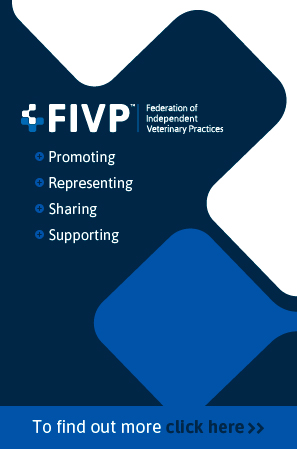
Pilot performance coach shares tips at CX Congress
Picture the scene. A cat has escaped from its carrier and is now on the loose in your busy practice car park. How do you respond to this situation?
You could run around like a headless chicken trying to find the cat, but this could result in injury, stress and a lot of disgruntled clients. Instead, you could follow your animal escape procedure - a step-by-step guide for what to do when somebody’s pet doesn’t quite follow expectations.
Speaking in the ‘Leading’ stream at CX Congress (16 June), combat-pilot performance coach Phil Bayman shared his advice on how to use aviation-style checklists in veterinary practice. Whilst very different industries, there are many similarities between the aviation and veterinary world - most notable of which is that they both involve normal people using lists to complete an array of complicated tasks.
Checklists can help the veterinary team with complicated and uncomplicated scenarios, one-off or infrequent events, theatre preparation and top-level guidance. They can also offer a handrail in times of stress or fatigue. It is important to remember, however, that checklists are just one element of addressing the problem, stressed Phil. Do not let checklists overcome bad processes; it is important to consider the wider picture.
1) Start from the problem
Phil stressed that when creating a checklist, you need to think about what the problem is and what you’re trying to resolve. “If there isn’t a problem then potentially you don’t need to fix it,” he said. To do this, it is important to develop a culture that is robust enough for somebody to identify problems and learn from their experiences.
Some of the reasons why you might wish to create a checklist include grouping certain actions together, sequencing events, and enhancing performance (checklists to give you confidence - e.g did I lock the drugs cupboard?). A checklist can also help to manage risk such as customer complaints, unpaid debts and when staff leave unexpectedly.
2) Communicate with everyone
Every culture in every organisation is different, but when creating a checklist is it important to involve everyone that it could effect. Use difficulties, errors and common struggles as hooks and include senior management, said Phil.
Once designed, it is important to hand the checklist over to somebody that doesn’t know anything about veterinary practice so they can spot errors that you might have overlooked (e.g. incorrect step numbering, grammatical errors and the flow of the checklist). Invite critique from everyone before going live!
3) Avoid capital letters
Phil advised against using all uppercase letters unless you have a very strong point to highlight. Use a normal mix of capital and lower case letters and the checklist will be easier to read.
4) Keep them simple
Some of the best checklists are simple, colourful and plain to read. They should be used as an aide-memoire, but they should also allow for flexibility. E.g. people should be able to deviate from them if they have (and can explain) a better solution.
5) Do a trial run and review
Finally, carry out a trial run of your checklist with your team and follow this up with a review as soon as possible.



 The RCVS has announced a new version of its 1CPD mobile app, with enhanced features for veterinary surgeons and veterinary nurses to record their continuing professional development.
The RCVS has announced a new version of its 1CPD mobile app, with enhanced features for veterinary surgeons and veterinary nurses to record their continuing professional development.